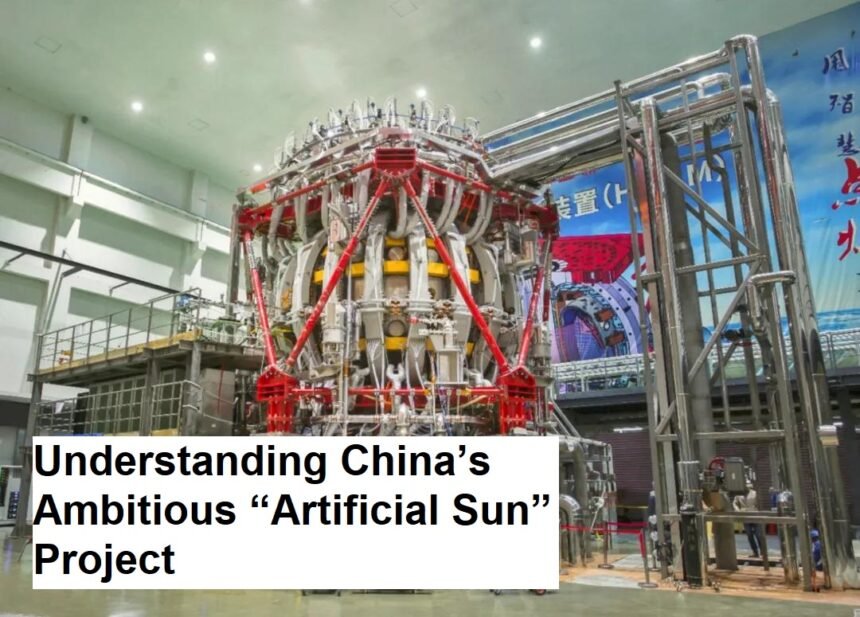China has embarked on an extraordinary scientific endeavor known as the “Artificial Sun” project, aiming to replicate the energy-producing processes of the sun here on Earth. This ambitious initiative seeks to develop nuclear fusion technology that could revolutionize energy production by providing a virtually limitless, clean, and safe power source.
What is the “Artificial Sun” Project?
The “Artificial Sun” refers to China’s experimental nuclear fusion reactor, officially called the Experimental Advanced Superconducting Tokamak (EAST). Located in Hefei, Anhui Province, EAST is designed to mimic the nuclear fusion reactions that power the sun, where hydrogen atoms fuse under extreme temperatures and pressures to form helium, releasing enormous amounts of energy.
Unlike nuclear fission, which splits heavy atoms and produces radioactive waste, fusion combines light atoms and promises a cleaner alternative with minimal environmental impact.
Objectives and Significance
China’s goal with the Artificial Sun project is to achieve sustained nuclear fusion reactions at temperatures exceeding 100 million degrees Celsius—several times hotter than the core of the sun. Successfully harnessing fusion energy could provide a nearly inexhaustible energy supply, drastically reducing reliance on fossil fuels and mitigating climate change.
The project also positions China as a leader in cutting-edge energy research, contributing to global efforts to develop sustainable and clean energy technologies.
Technological Challenges
Replicating the sun’s fusion process on Earth is extraordinarily challenging. Fusion requires heating plasma—a hot, ionized gas—to extreme temperatures and confining it long enough for fusion reactions to occur. EAST uses powerful magnetic fields generated by superconducting magnets to contain and stabilize the plasma within a doughnut-shaped chamber called a tokamak.
Maintaining plasma stability and achieving continuous fusion reactions are major hurdles. EAST has made significant progress, setting records for plasma temperature and duration, but commercial fusion power remains a future goal.
Recent Achievements
In recent years, EAST has achieved plasma temperatures exceeding 100 million degrees Celsius and maintained stable fusion conditions for over 100 seconds—milestones that demonstrate the reactor’s advancing capabilities. These achievements bring China closer to realizing practical fusion energy.
The project collaborates with international fusion research efforts, including the ITER project in France, aiming to accelerate fusion development worldwide.
Potential Impact on Energy and Environment
If successful, the Artificial Sun project could transform the global energy landscape. Fusion energy offers:
- Abundant Fuel Supply: Fusion uses isotopes of hydrogen, such as deuterium and tritium, which are abundant or can be bred from lithium.
- Clean Energy: Fusion produces no greenhouse gas emissions and minimal radioactive waste compared to fission.
- Safety: Fusion reactions are inherently safe, with no risk of runaway reactions or meltdowns.
This technology could provide reliable, large-scale power to meet growing global energy demands sustainably.
Future Prospects and Timeline
While EAST represents a major step forward, commercial fusion power plants are still years or decades away. Researchers continue to refine reactor designs, improve materials, and develop efficient energy extraction methods.
China plans to build larger and more advanced fusion reactors, aiming for net energy gain—where the energy produced exceeds the energy input—in the coming decades.








